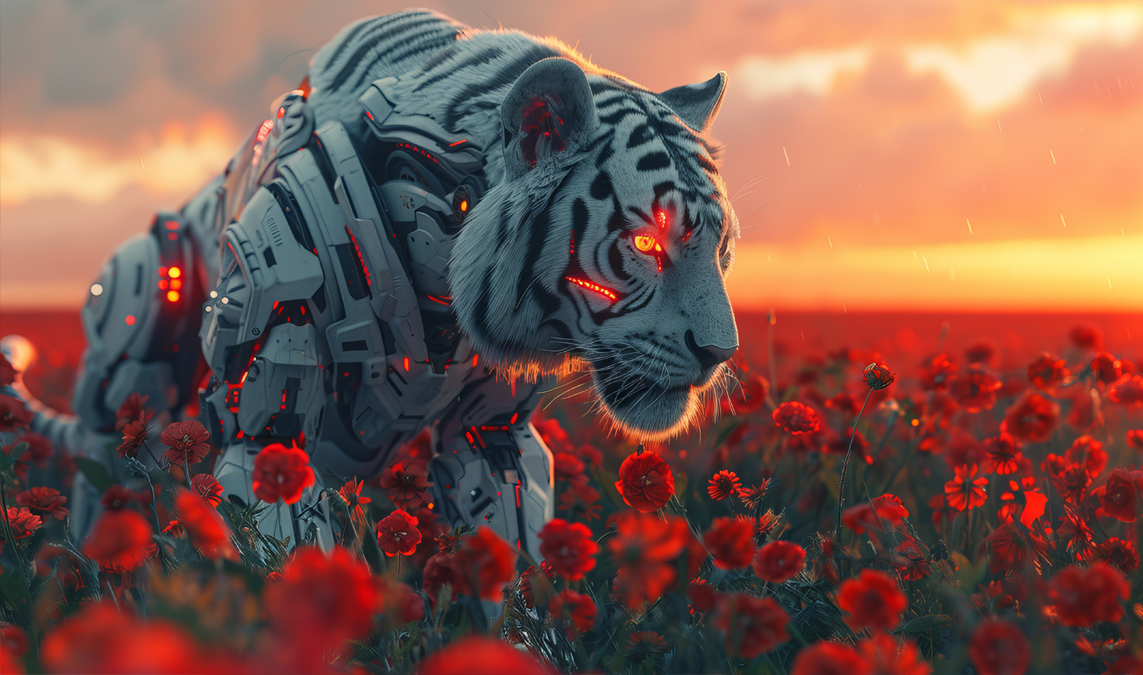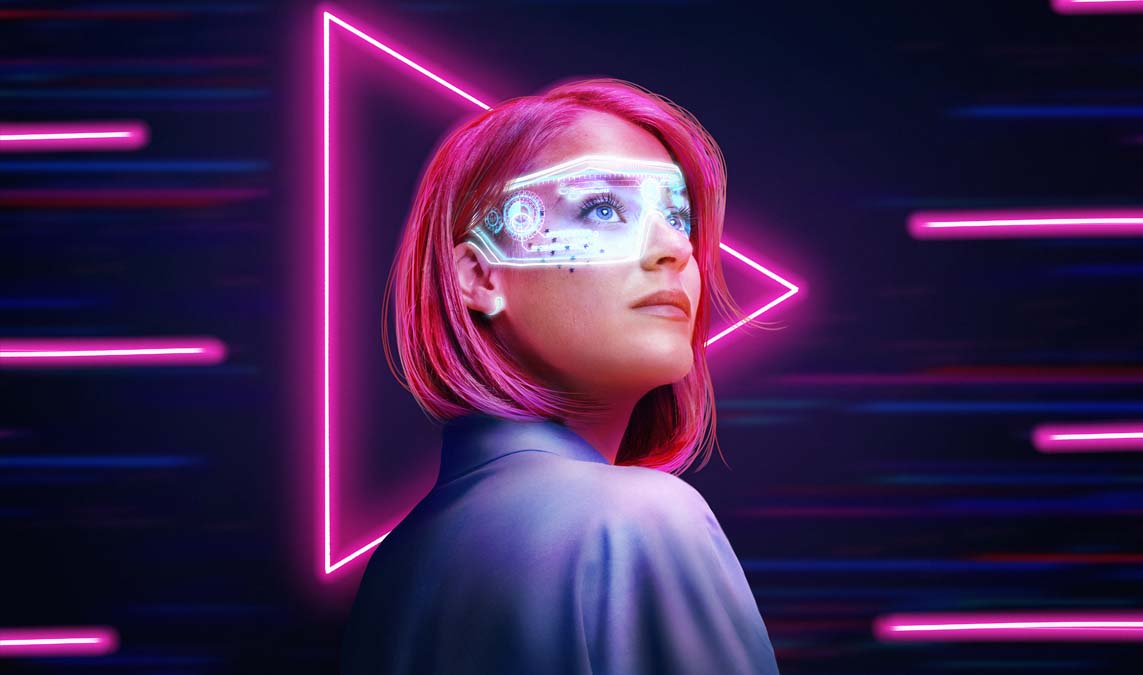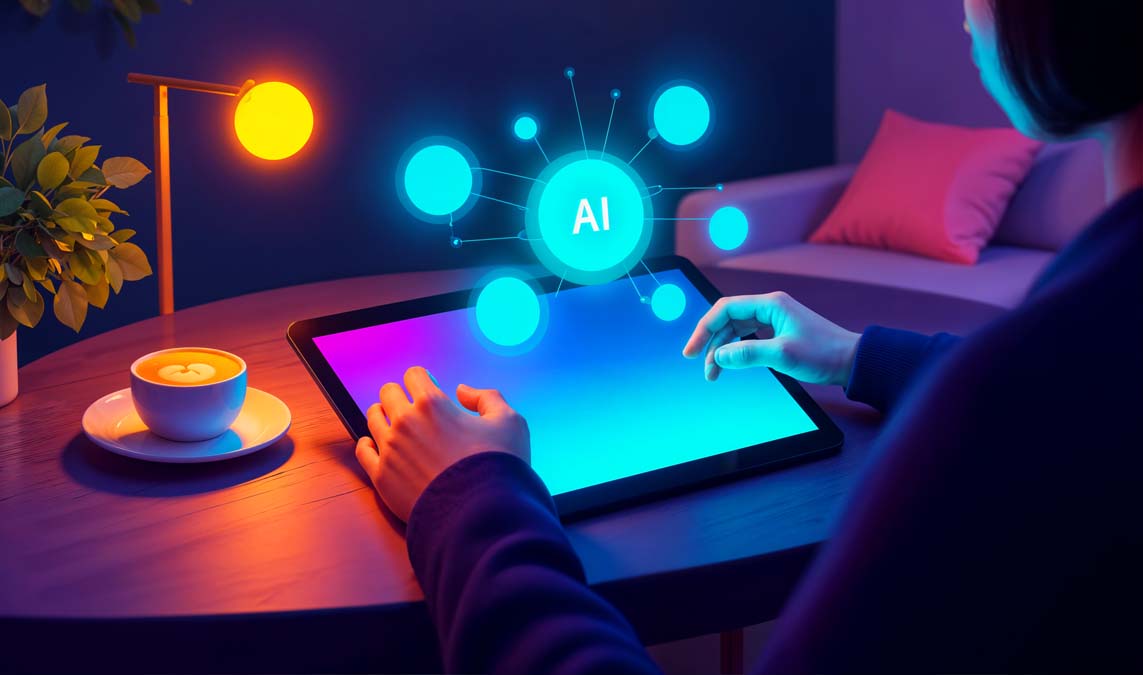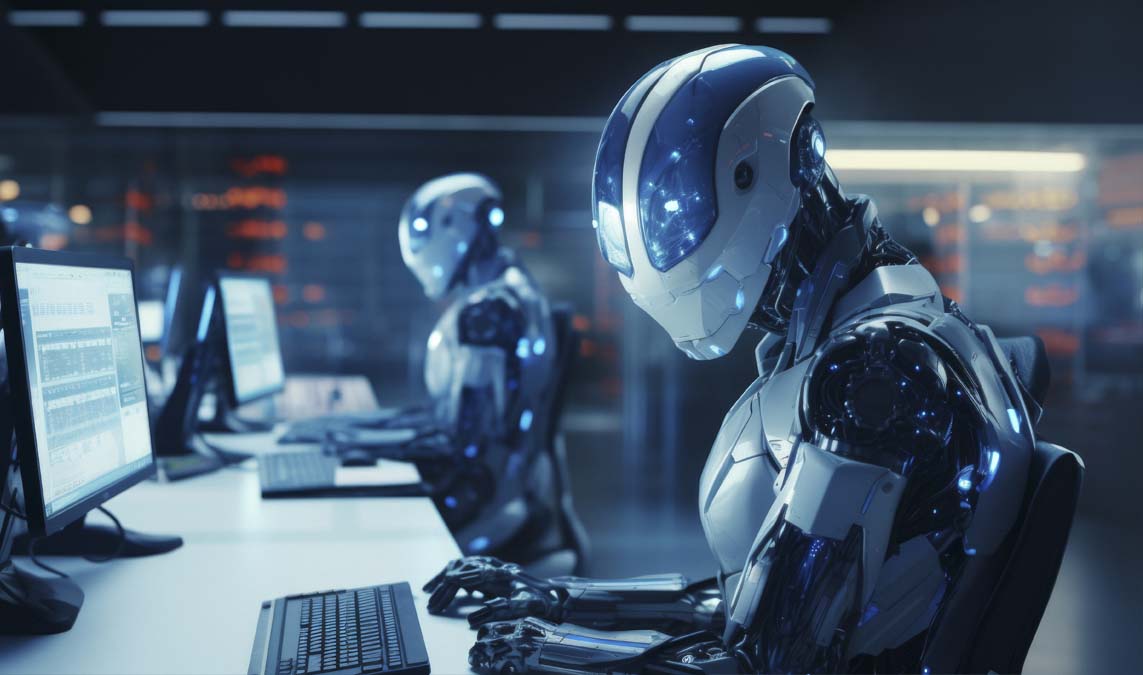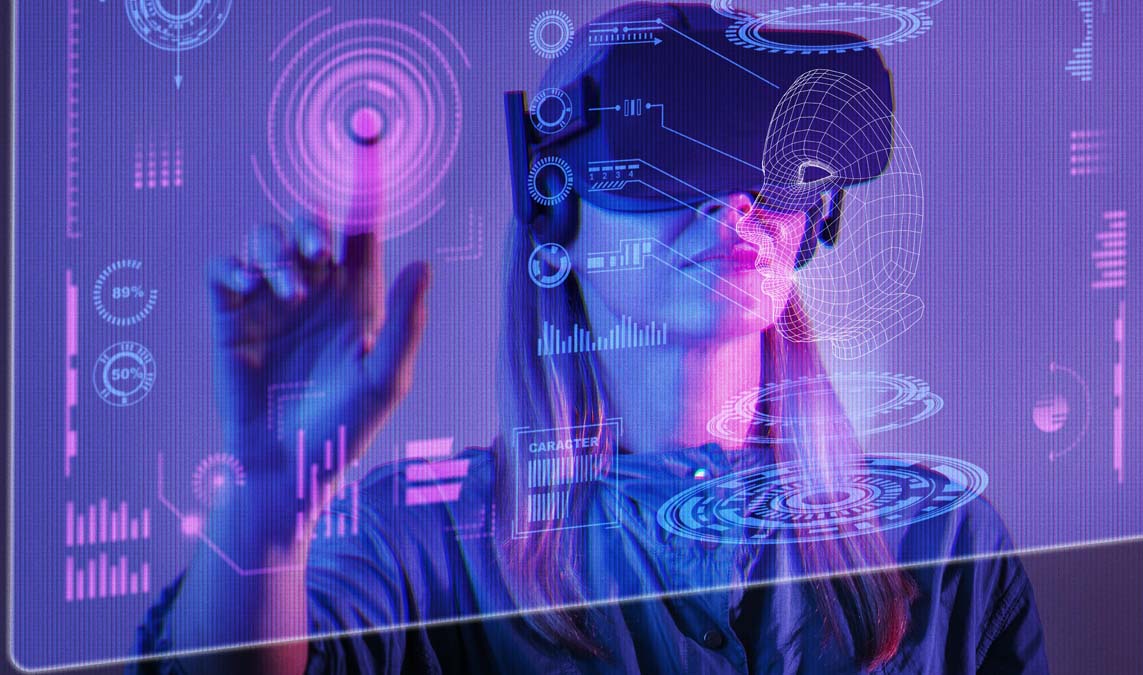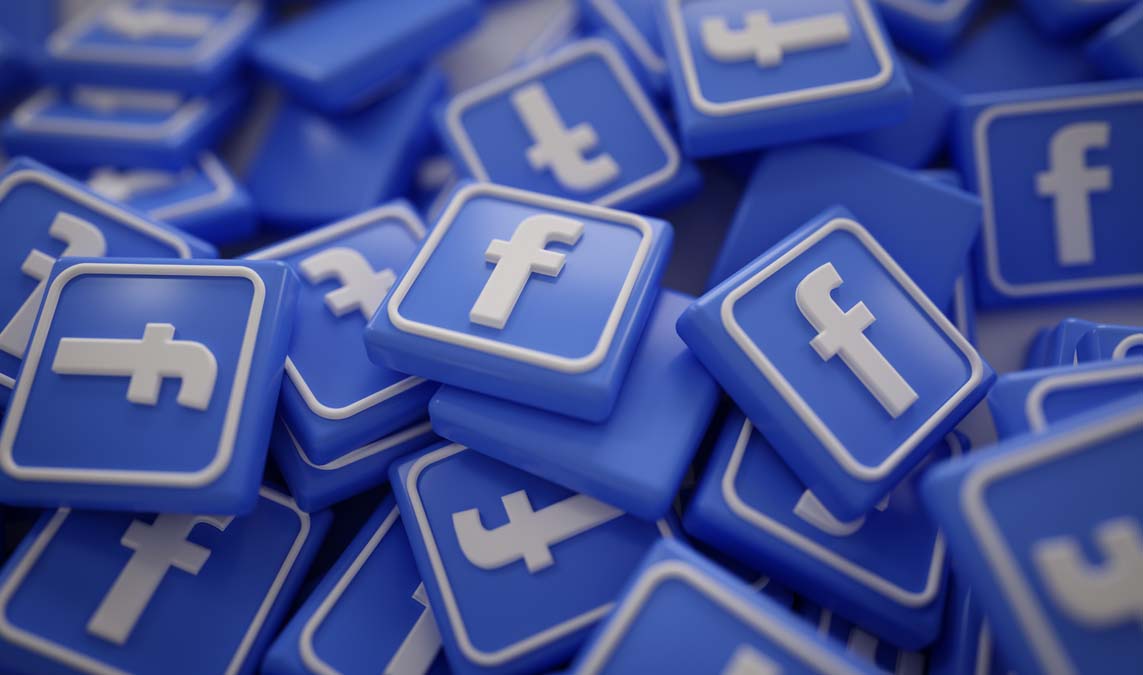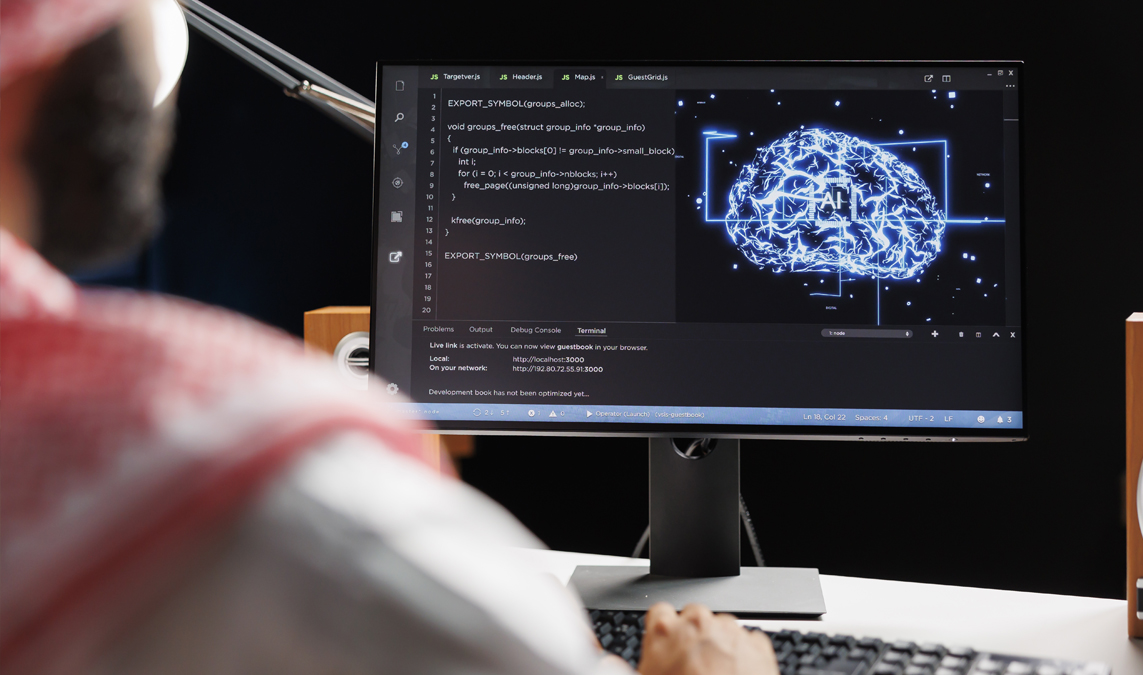The AI art generator trend is changing how people create and share visual art. In a world driven by digital content, AI makes it easy to produce stunning visuals instantly. Whether you’re an artist, a brand, or just curious, these tools are reshaping creativity.
Platforms like Midjourney, DALL·E, Stable Diffusion, and Leonardo AI let users generate original art from simple text prompts. They use massive datasets to produce images that often rival professional work. This trend goes beyond novelty—it’s about making creativity faster, easier, and more accessible.
Anyone with internet access can now create high-quality visuals in seconds. There’s no need for advanced skills or expensive software. For freelancers, students, and content creators, AI opens up endless creative possibilities. What once took hours now takes minutes.
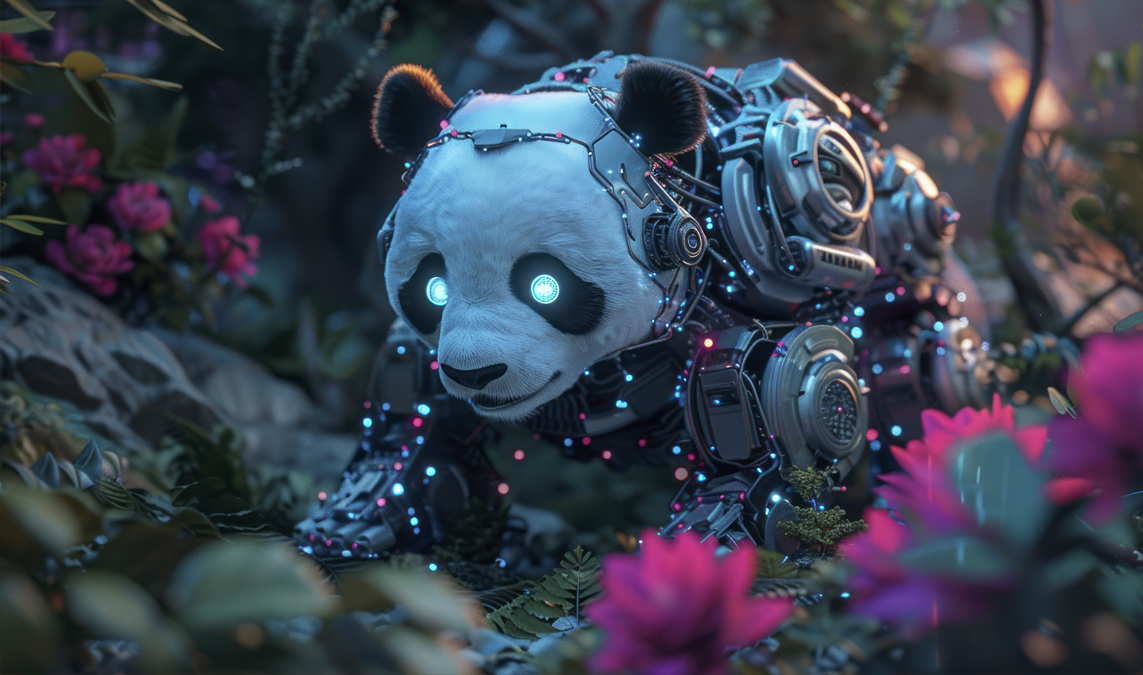
AI Art Generators Take Over Commercial Branding and Content Creation
The AI art generator trend is growing quickly in commercial spaces. Startups use AI art for logos, marketing materials, and prototypes. E-commerce sellers create unique product listings with it. Musicians and authors design album covers and book illustrations. Real estate agents and tech companies also use AI visuals to stand out in crowded markets.
The economic implications are vast. Small businesses no longer need to hire full-time designers for visual content. Instead, they can input a few phrases—like “retro-style diner logo with neon sign” or “futuristic city skyline at night”—and receive polished artwork within moments. This not only reduces cost but also drastically speeds up production cycles.
Yet, as the AI art generator trend surges, it also introduces new challenges. One of the most pressing is the question of originality. Can a piece of art truly be called “original” if it was created by a machine trained on millions of other artists’ work? There are ongoing legal and ethical debates surrounding copyright and fair use, with many artists demanding greater transparency about how training data is sourced.
Legal Battles Emerge as Artists Push Back on Unlicensed AI Training
Several lawsuits have been filed by artists claiming that their work has been used to train AI models without consent or compensation. This has led to calls for clearer legislation and potential licensing models to ensure that original creators are not left behind in the AI gold rush. As the AI art generator trend continues, developers and regulators alike must work to strike a balance between innovation and intellectual property rights.
Beyond legal issues, there’s also concern about the human element. Will AI eventually replace human artists? Most experts say no—but they acknowledge that roles are shifting. Artists may spend less time sketching and more time curating, editing, and collaborating with AI systems. This change isn’t necessarily a threat; it’s an evolution of the creative workflow.
Education Embraces AI Art to Inspire Creativity and Enhance Learning
The educational world is also embracing the AI art generator trend. Teachers use AI visuals to enhance lessons, bring historical scenes to life, or engage students in storytelling activities. Art students explore how machine-generated work can inspire new techniques and styles. Some schools even offer courses focused on prompt engineering—crafting the right language to get the best results from AI tools.
Social media, unsurprisingly, has played a significant role in the popularity of the AI art generator trend. Platforms like TikTok, Instagram, and Reddit are flooded with videos and threads showcasing AI creations. From anime-style portraits to abstract dreamscapes, users love sharing the surreal, often beautiful results of their text prompts. This viral element has propelled interest and experimentation across demographics, including those who never previously considered themselves artistic.
The Future of AI Art: From Voice Commands to Real-Time Visual Creation
What’s next for the AI art generator trend? Experts predict even more sophisticated tools with better contextual understanding, real-time rendering, and multi-modal capabilities—combining text, voice, and even gesture inputs. Imagine being able to describe a scene out loud or sketch a rough outline, and have the AI instantly convert it into a fully realized image. That future is closer than many realize.
In conclusion, the AI art generator trend is more than just a tech fad—it’s a movement redefining what art is and who can create it. While challenges remain around ethics and intellectual property, the benefits of democratized creativity and speed cannot be overlooked. Artists, businesses, educators, and hobbyists all have something to gain from this wave of innovation. As tools improve and awareness grows, AI-generated art is likely to become a staple of both our professional and personal lives.

